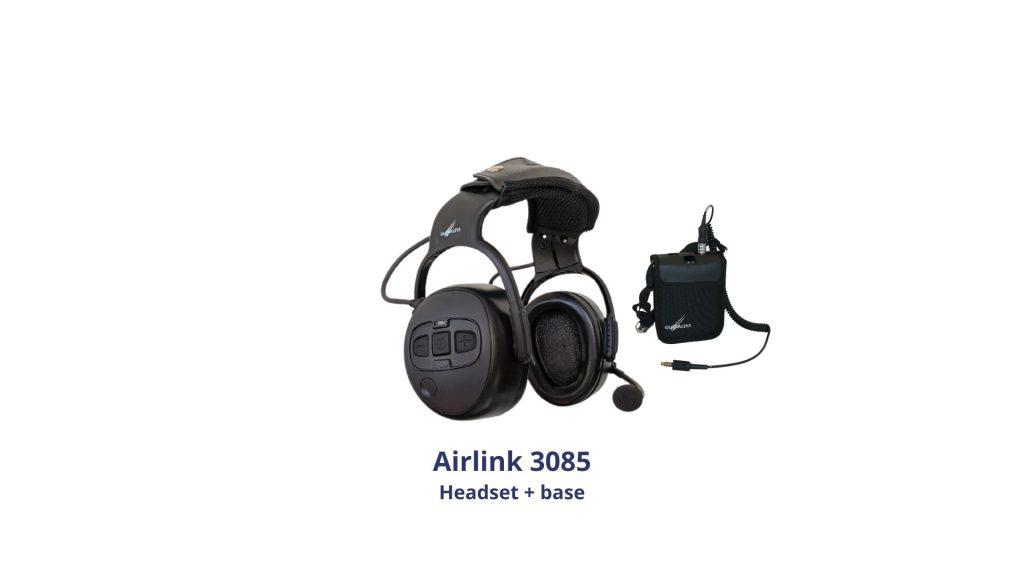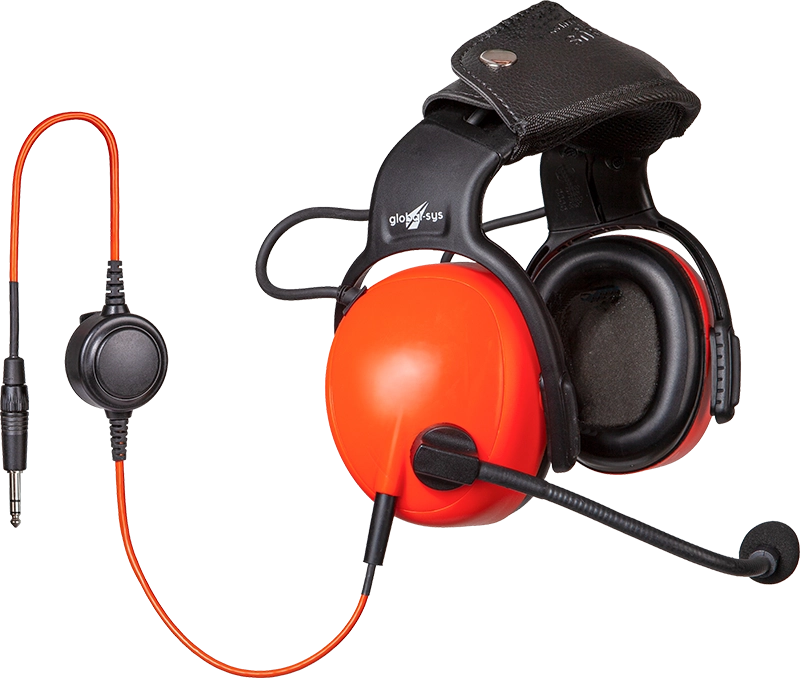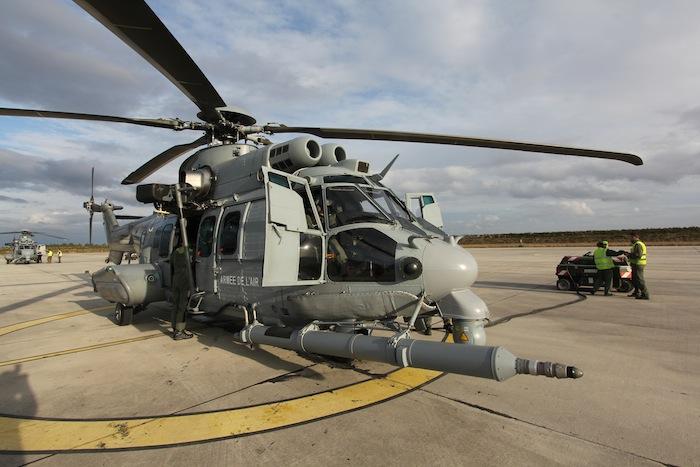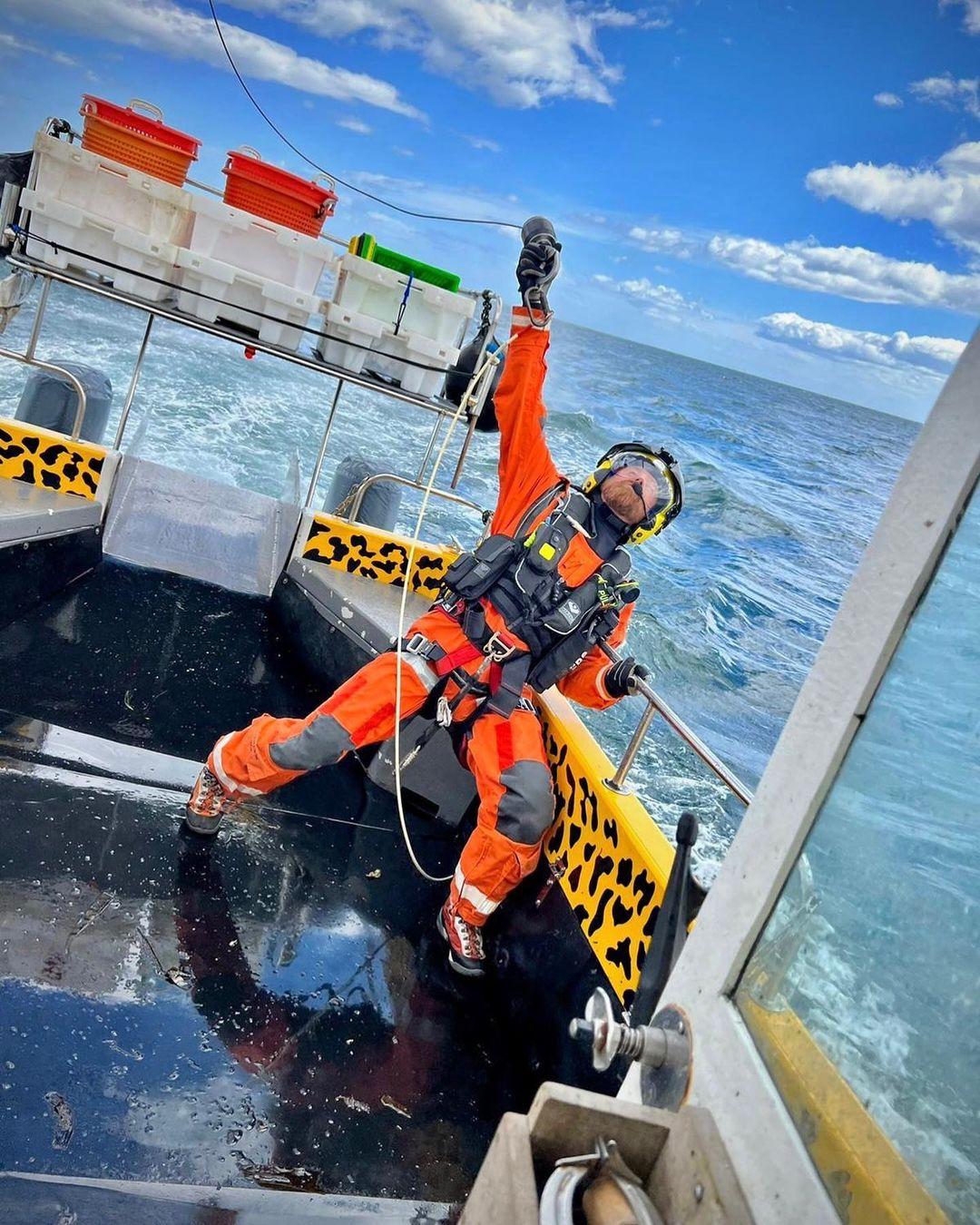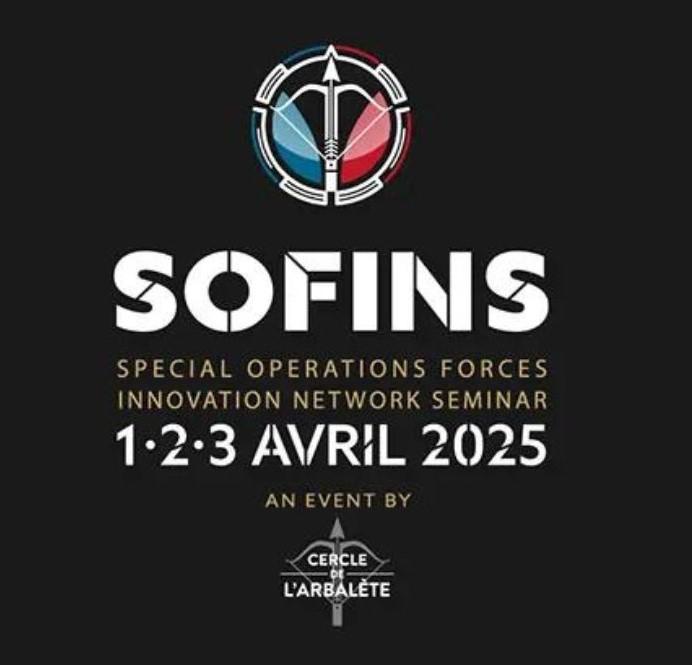Wireless audio communication systems have become essential in various fields, from industrial applications to professional environments requiring clear and reliable communication. Among the most efficient technologies, the combination of DECT (Digital Enhanced Cordless Telecommunications) and a long-range 2.4 GHz technology offers an optimized communication system that balances audio quality, stability, and extended range.
The advantages of DECT for audio communication in the Airlink 3085
DECT is a widely adopted technology for wireless voice communications, especially in professional environments. Its primary advantage lies in its ability to provide full-duplex communication, allowing bidirectional conversations without interruptions or noticeable latency. Unlike half-duplex systems, where users must take turns speaking, full-duplex ensures smooth and natural interactions.
Additionally, DECT operates on a dedicated frequency band, reducing interference from other wireless devices (Wi-Fi, Bluetooth). However, its range is generally limited to around 300 meters in open field, which may be restrictive in environments requiring broader coverage.
The contribution of long-range 2.4 GHz technology in the Airlink 3085
To overcome this limitation, a long-range transmission technology operating in the 2.4 GHz ISM band can be integrated as a complement. This technology offers a comprehensive solution supporting near-global usage without the need for complex licensing and is capable of replacing unlicensed PMR/LMR solutions such as FRS, MURS, GMRS, and PMR446.
The key advantages of this solution include:
- Extended communication range, allowing coverage over 4 to 8 km in open field.
- Enhanced reception sensitivity, delivering up to 30dB greater signal strength compared to Wi-Fi-based digital radio solutions.
- Energy-efficient operation, maximizing battery life for prolonged device usage.
- Robust interference resistance, ensuring stable audio quality even in congested wireless environments.
- Global, license-free frequency band, providing seamless deployment across various countries without regulatory constraints.
- Peer-to-peer communication, supporting up to 256 concurrent calls.
- Versatile group and broadcast modes, enabling communication with an unlimited number of participants.
- Pre-configured 16-channel selection, allowing for organized and efficient communication.
- Integrated data transmission, facilitating SMS-like text messaging capabilities.
- Approximately 250 ms latency, ensuring a responsive communication experience.
- Advanced voice encoding with error correction, preserving voice clarity and security even in challenging RF conditions.
- Minimal power consumption in both transmission and reception, supporting extended usage times and compact, portable designs.
A hybrid solution for optimal coverage in the Airlink 3085
The combination of DECT and long-range 2.4 GHz technology leverages the strengths of both systems. DECT ensures smooth and natural communication over short distances with optimal audio quality, while 2.4 GHz transmission extends the coverage range without compromising signal reliability.
This hybrid solution is particularly beneficial for applications such as:
- Industrial communication systems, where workers require reliable audio links over long distances.
- Security and emergency applications, where extended range is crucial.
- Aviation and Search and Rescue (SAR) operations, where long-range communication is vital for coordinating between ground rescuers and helicopters as they move away from the rescue zone.
- Aviation: Ground crews coordinate aircraft handling amid loud engine noise.
- Naval operations: Equipment must withstand saltwater corrosion and extreme temperatures while ensuring real-time data exchange.
- Mining & offshore energy: These industries require uninterrupted audio communication transmission, even in harsh weather conditions.
- Disaster response: First responders rely on secure and stable communication networks during emergencies, such as earthquakes or wildfires, where coordination can save lives.
By intelligently integrating these two technologies, it is possible to achieve a high-performance communication system tailored to modern environments, ensuring optimal audio quality and extensive coverage.
